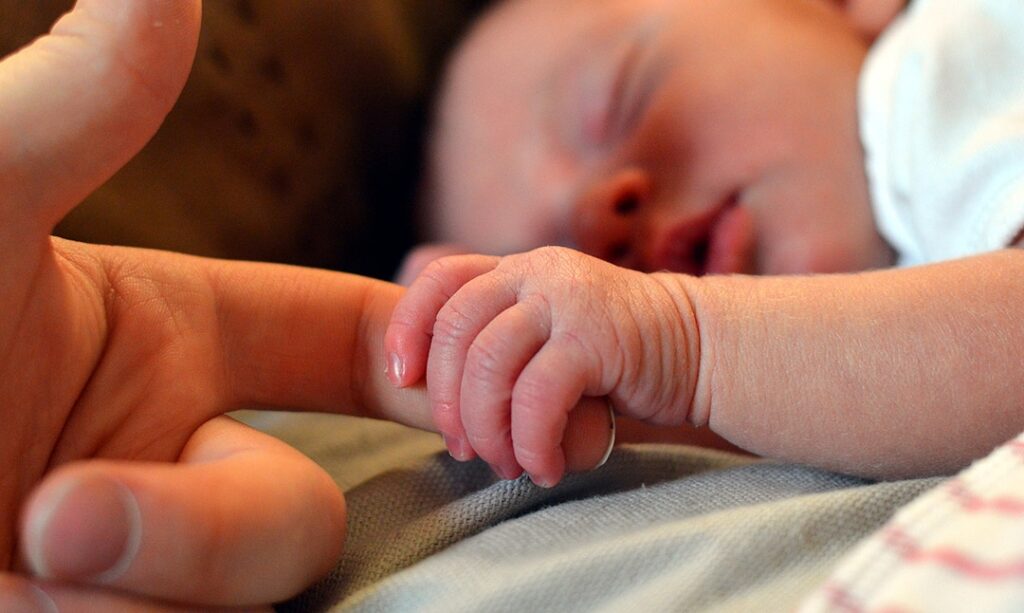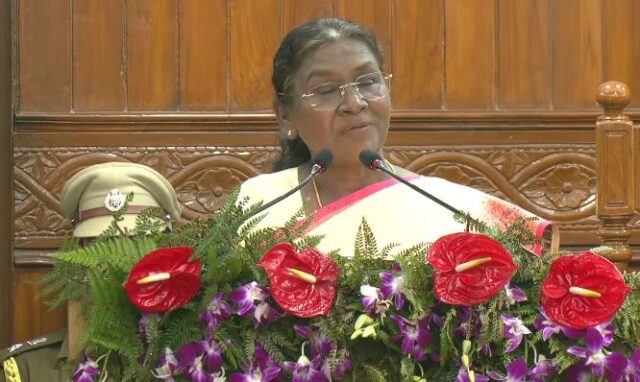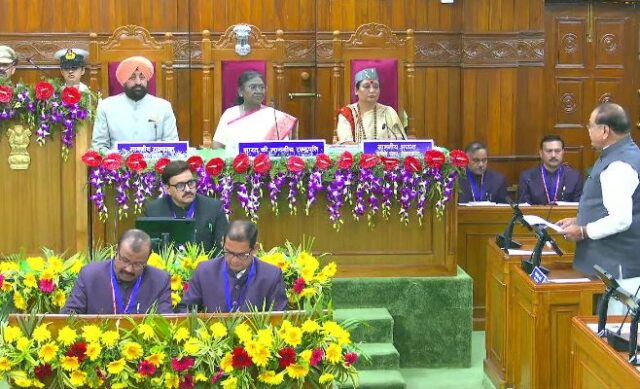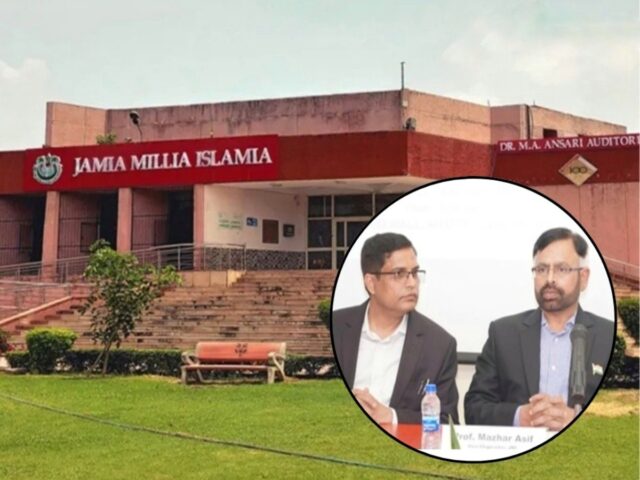India’s population will start decreasing in a few years… only the elderly will survive in the country!

India is constantly struggling with its increasing population. But a scary news has also come. By 2050, the Total Fertility Rate (TFR) in India will be only 1.29. Now it is 1.91. In 1950 it was 6.18. That means at that time there were 6.18 children per woman.
There is also a fear that by the end of this century the fertility rate may decrease to 1.04. This disclosure has been published recently in the international journal The Lancet. The fertility rate of any country is calculated on the number of children born by women aged 15 to 49 years living there. Only those children who are alive.
Only India’s fertility rate is not decreasing. A similar situation is being seen all over the world. Even at the global level, the fertility rate has reduced by half in the last 70 years. In 1950, the global fertility rate was more than 4.8. In 2021, this figure dropped to an average of 2.2 children per woman.
Increase from 1950 to 2014, decline started in 2021
Scientists estimate that by 2050 this figure will reach 1.8, while by the end of the century it will reach 1.6. Global warming, climate change, lifestyle and dietary disturbances are responsible for this. In 1950, 9.3 crore live children were born.
By 2014 this figure increased to 14.2 crores. But it declined in 2021. It came down to 12.9 crores. At present India is the most populous country in the world. But the fertility rate in the country is declining rapidly. In the coming few decades, the country’s population may decrease instead of increasing.
The right amount of children balances the population in the country
The decreasing fertility rate will affect the balance in the country’s population. A balance between children, youth and the elderly is necessary in the population. Therefore it is important for the fertility rate to remain around 2.1. This maintains the balance between children and adults in the country. But these are still far below the required level. In such a situation, the number of elderly people will increase.
That means there will be a shortage of workers in the country. India is not the only country where the population balance will be disturbed due to decline in fertility rate. More than half of the world, i.e. 110 out of 204 countries, have a fertility rate of less than 2.1. If the situation continues like this, by the end of the century 97% of the countries will be troubled by the decreasing fertility rate.
There are many other issues of concern for children around the world
This study has been done by scientists of the Institute of Health Matrix and Evaluation (IHME). Global Burden of Disease data has been taken for the study. In the coming decades, most children will be born in some of the most resource limited areas of the world. By the end of the century, more than 77% of the world’s living children will be born in low- and lower-middle-income countries.
These countries are already struggling with countless social, economic and environmental problems. These include problems like climate change, poverty, lack of food, malnutrition, health, clean water, sanitation. If the population increases in these countries, there will be a need to be prepared in advance to face these problems.






